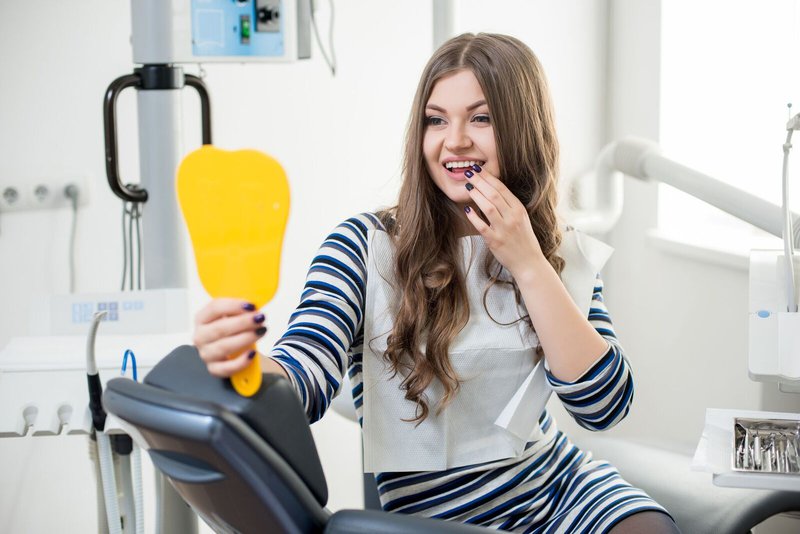How We Can Help You Straighten Your Teeth Without Braces

Crooked teeth impact more than your smile. They can also affect the clarity of your speech and even influence the way you chew. While retainers and other sorts of dental appliances will often help, braces are what most people think of when they find out they need to have their teeth straightened. Before assuming that’s the best option, let’s talk about an alternative to braces. That alternative is Invisalign.
What is Invisalign?
Invisalign is a form of dental appliance that is known as an aligner. Aligners fit over the teeth and incrementally move or align teeth into a uniform and attractive position. As one set repositions the teeth as much as possible, it’s then replaced by another aligner to complete the next phase of the straightening.
How is This Different From Braces?
Aligners are usually clear. That means they are harder to detect. People who don’t like the idea of sporting clearly visible metal braces are likely to prefer the look of the aligners.
Unlike braces, aligners can be removed for a thorough cleaning. Anyone who has opted for braces as the plan for teeth straightening can point out the challenges of brushing the teeth and keeping the surfaces clean. With aligners, they can be removed long enough to brush the teeth with ease.
At the same time, it’s possible to soak the aligners in a little bit of soap and water, then remove any residue on the surfaces. After the brushing is done and the aligner is rinsed properly, it will fit back into position easily. The result is a mouth that feels completely fresh and breath that is equally appealing.
Are They Worn For a Long Time?
Another benefit of using aligners to straighten teeth without braces is the amount of time to complete the process. Braces are usually worn for as long as five years and require frequent adjustments. When you choose to go with a series of aligners, it’s possible to straighten your teeth in anywhere from a year to a year and a half.
How long you need the aligners depends a lot on how crooked your teeth happen to be. Our team will assess the condition of your teeth first to determine if you are a candidate for some type of aligning device. Once that’s settled, it will be easy enough to fit you for the first set and establish a tentative time-line for completing the treatment.
But What About Pain?
You’ve heard that braces can cause quite a bite of pain. While there is some discomfort with aligners, it’s generally much less than with traditional braces. Part of it has to do with the fact aligners feel better in general. You can expect some discomfort when you switch from one set to the next, but that usually lasts for only a short time. Keep in mind there are also no metal wires or other surfaces to irritate the inside of the mouth.
